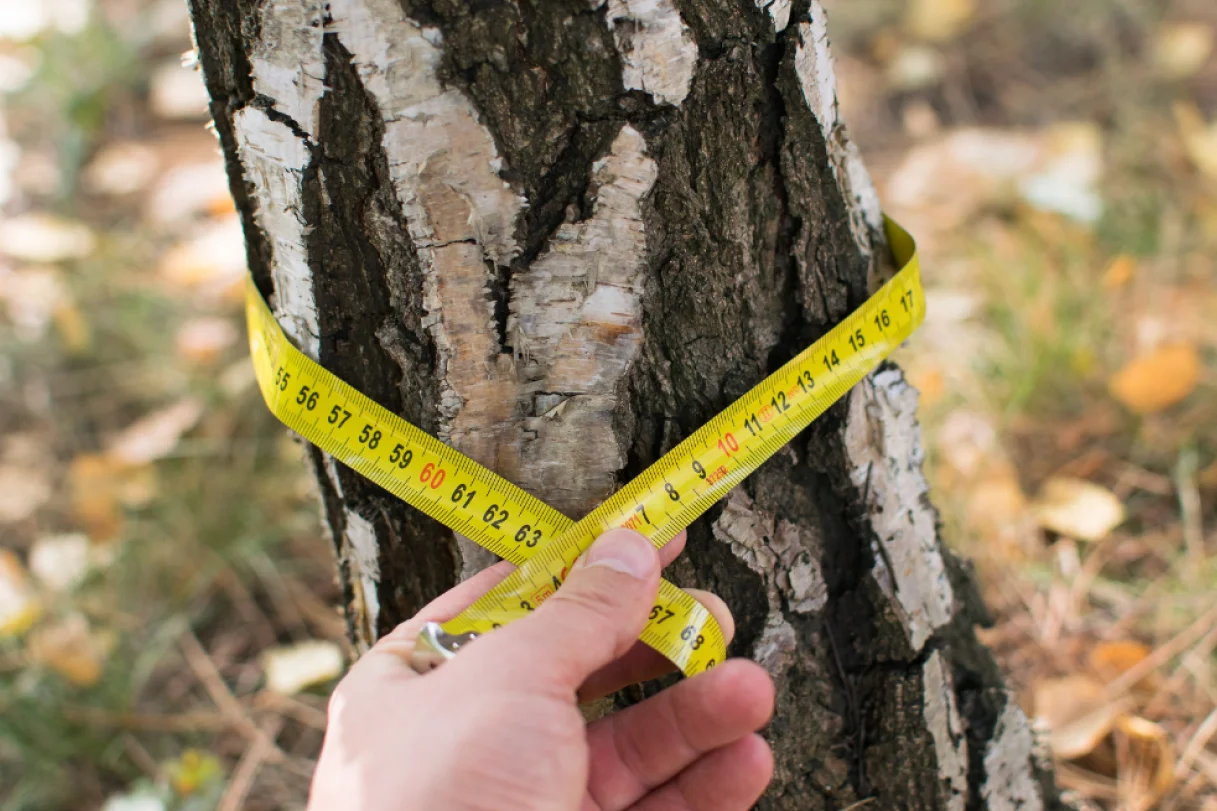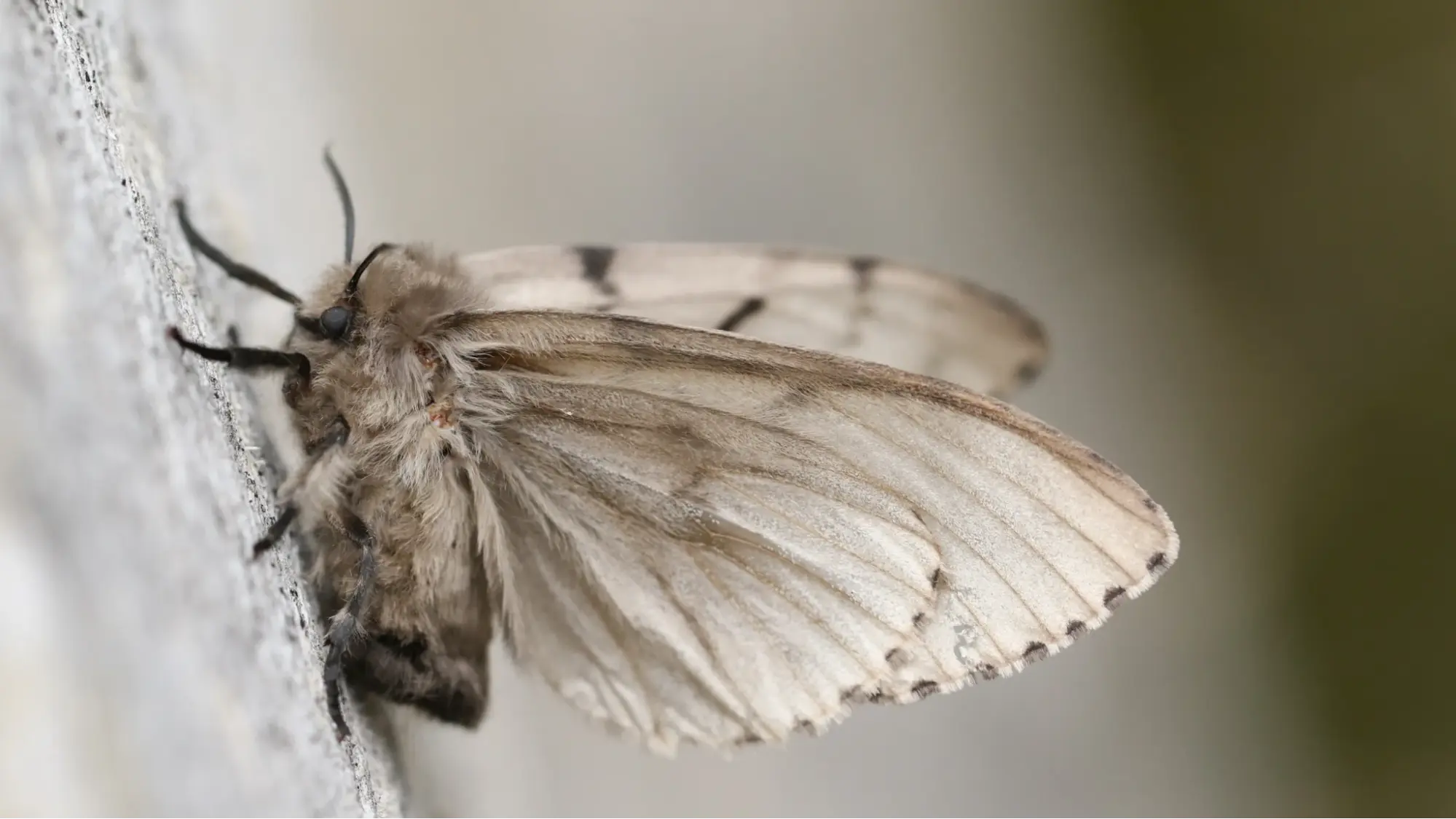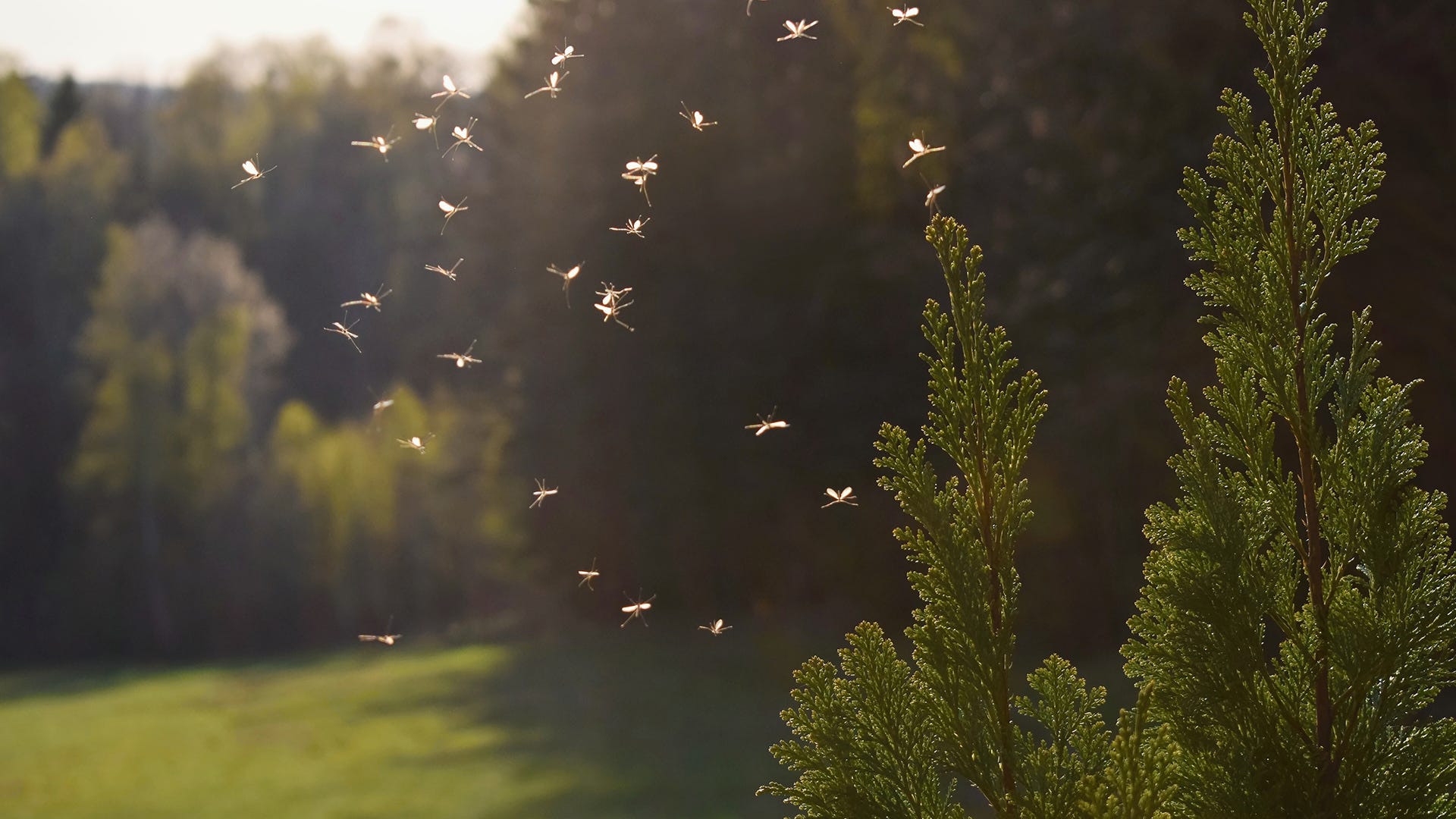Are your trees shedding bark? It is quite regular for a tree to moderately shed bark, especially for some types like silver maple or birch. Shedding large chunks of bark is part of the tree’s allure and natural cycle. Trees like oak, pine, maple or ash develop from its inside out, forcing older bark to fall off making room for newer bark.
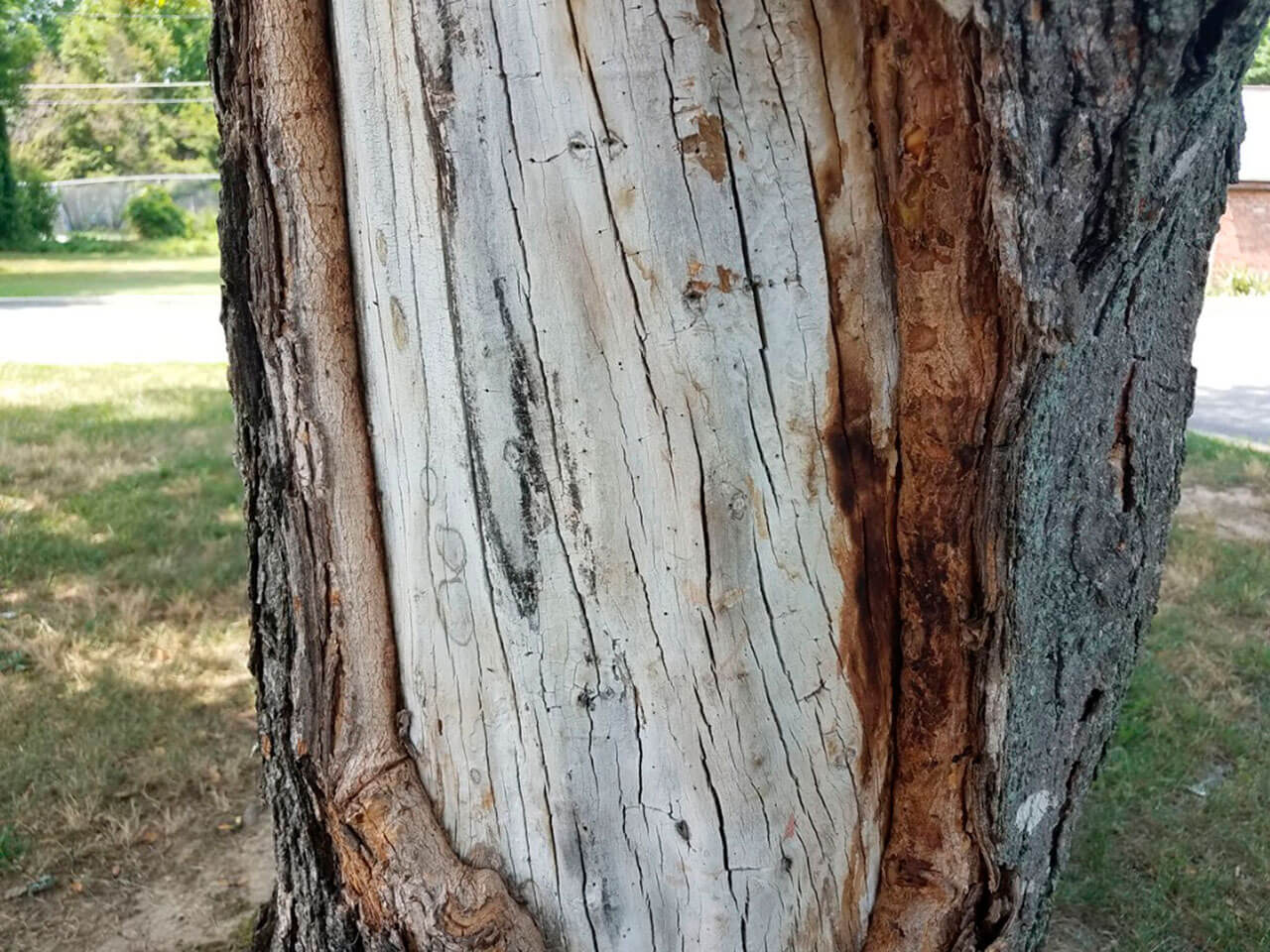
When bark strips off a tree, before doing anything, it’s important to determine if the tree is experiencing a typical shedding or if injury or infestation is causing the
issue. If you see bark re-covering the wood after the old bark strips away, the tree is likely going through an ordinary shedding measure which is no cause for concern. In the event that you see exposed wood or growths under the stripping bark, the tree is likely experiencing ecological harm or infection.
Bark can fall off after an icy outdoor period.
This generally occurs on the tree's the south or southwest
side. An abrupt drop in temperature can make a tree shed minstrel and break under pressure.
Alternatively, bark can shed off after a warm period. Like ice harm, the warmth strips the wood.
Bark can fall off a diseased tree. If this is the case, you will see different indications of stress or damage, for example, infections or dead twigs and leaves.
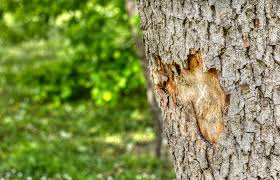
Is a tree dying if it’s bark is shedding?
Unfortunately, there isn’t a good answer without expert examination. It’s important to use good
judgement when concerned over the bark growth and shedding on your trees. Make sure to check for
any obvious issues or changes in the production or loss of bark for a better idea of what the issue may
be. In any case, if a tree has a generally sound appearance, there is a decent possibility it is simply
stripping as a component of its development cycle.
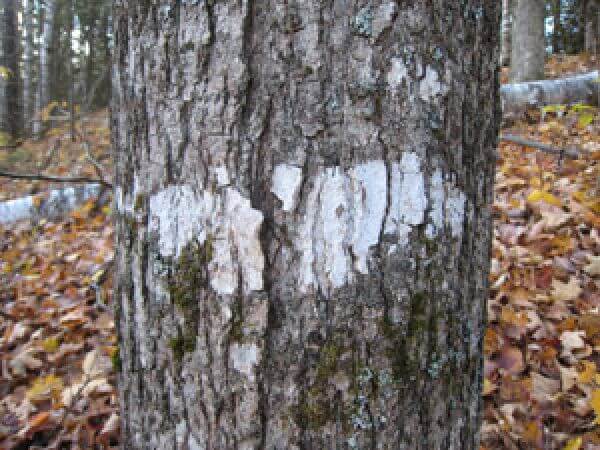
How do you tell what is causing tree bark to fall off?
If the tree has no other indications of disease, it is likely stripping bark from weather damage. Treat
these eroded trees with water and mulch. Try to hydrate the tree when its dirt is dry and apply natural
much in the spring and fall. Investigate closely if your tree looks infested. There are many tree sicknesses and vermin that can influence pine, oak, and maple trees. If you discover any indica
tions of vermin or illness like overflowing blisters or dead leaves contact the tree care authorities at
treedoctors.ca. We will inform you as to whether the issue is treatable or if you should remove it to keep different plants on your property out of mischief's way. Trees are susceptible to all kinds of infestations. Hardwood trees that have stripping bark might be experiencing a parasitic illness called Hypoxylon blister. Stripping bark brought about by this sickness is joined by yellowing and withering
leaves and passing on branches. Moreover, the wood under the stripping bark is typically covered with organisms. As there is no solution for this infection, the tree should be removed. It is always important to consult professionals before determining to do so.
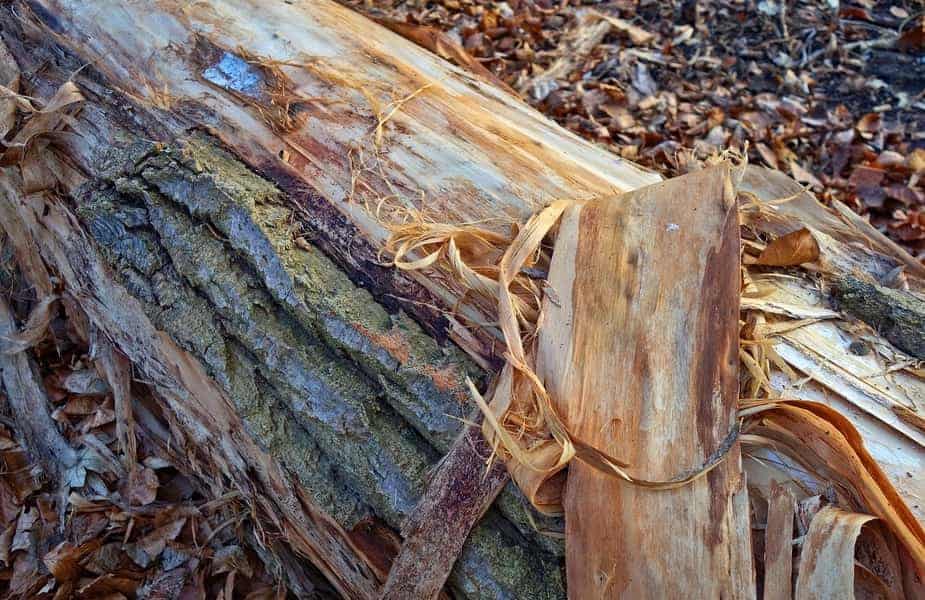
What do I do if my tree’s bark is falling off?
Keep in mind, it is in every case better to be safe with regards to the wellbeing of your trees. If you see a lot of bark stripping off your trees, make sure to think ahead and do something. At treedoctors.ca, our chief concern is keeping your trees as sound and well maintained as possible. In the event that you are concerned over your trees or notice any new infestations or unusual changes, it is essential to call us right away. Contact the experts at treedoctors.ca if you are noticing anything concerning with the bark on your trees. The professionals from Tree Doctors will come out and decide whether the stripping bark is a major issue and what measures might be needed to fix the problem.
As treedoctors.ca cares about you and your tree management needs more than anyone, you can depend on us to manage and maintain your property with the highest excellence.
